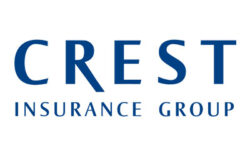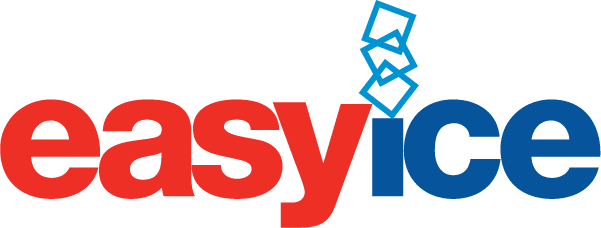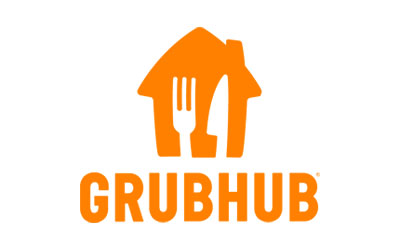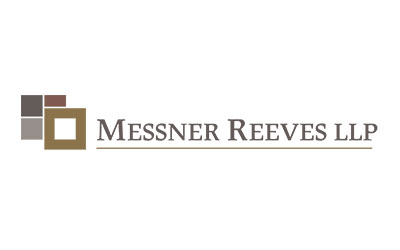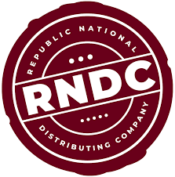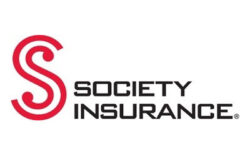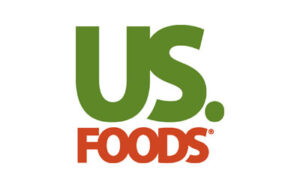The following article was written by our partners at Pinnacol Assurance.
To help ensure worker health and safety, the Occupational Safety and Health Administration (OSHA) conducts worksite inspections to verify its standards are being followed.
Pinnacol hosted an OSHA inspection webinar featuring Meredith Post, Compliance Safety and Health Officer at the Denver OSHA office. Here’s what you need to know before your next OSHA inspection.
Why does OSHA show up at a facility?
OSHA conducts both programmed and unprogrammed inspections. Programmed inspections are part of the agency’s targeted emphasis programs (for example, amputations in manufacturing).
Several factors can trigger an unprogrammed inspection, including imminent danger or an accident or fatality. Other triggers include employee or union complaints, and referrals from the coroner’s office, law enforcement, or the media.
Does OSHA give notice before a visit?
No, OSHA does not let you know about an inspection ahead of time, but there are ways you can get ready today.
Before an OSHA inspection, you should designate an organization representative to be the main point of contact during the inspection and accompany the inspector throughout the visit. You can also prepare your employees by holding mock inspections and keeping your records organized and readily available.
Basics of the OSHA inspection process
When the inspector arrives, be sure to verify their credentials before admitting entry. During the opening conference, the inspector will discuss the purpose and scope of the inspection. They will also give you copies of any relevant complaints and let you know what your rights are as an employer.
The inspector will take the following steps during the visit:
- Conduct a walk-around and visual inspection of the facility
- Take audio and visual recordings and/or photos
- Gather samples (such as air and noise monitoring)
- Take measurements (such as the height of a roof)
- Conduct employee interviews (these are kept private and confidential by OSHA)
- End with a closing conference, including a review of the potential violations observed and a discussion of your rights and responsibilities for corrective procedures following the inspection. The inspector’s area director will determine any citations after the inspector files a written report.
Here’s a quick video overview of the OSHA inspection process.
10 tips for a successful OSHA inspection
1. Know the hazards of your industry. You’re the expert in your field, and you should be familiar with potential hazards and how to address them.
2. Understand your injury or illness trends. Review your 300 logs to see what types of injuries are popping up and try to identify the source.
3. Be aware of OSHA’s top 10 citations of the year. Check the latest list to see the standards most frequently cited during inspections and OSHA’s top priorities.
4. Maintain written programs and training records. Make sure all of your files are up to date.
5. Prepare your staff to participate. Are there any areas your team needs extra training in? Remember that you are also responsible for protecting temporary workers (along with their staffing agency).
6. Understand general employer requirements in an inspection. Find out more on the OSHA website or contact your region’s compliance assistance specialist.
7. Before an inspection, conduct assessments to identify hazards. This includes a personal protective equipment hazard assessment.
8. Abate or mitigate those hazards. Deal with any issues as soon as possible.
9. Develop safety programs. Get your safety and health programs up to date.
10. Consider scheduling an OSHA consultation today.
OSHA’s compliance assistance is a proactive way to get free, confidential feedback without having an OSHA compliance officer on site. The program includes on-site audits and training, air and noise monitoring, and recommendations for addressing any hazards.
Watch Pinnacol’s webinar with OSHA’s Meredith Post to learn more.

